What Happened to My Dogwoods?
What happened to my dogwoods (Cornus florida)? This was the question form the caller this week. I needed more …



El inglés es el idioma de control de esta página. En la medida en que haya algún conflicto entre la traducción al inglés y la traducción, el inglés prevalece.
Al hacer clic en el enlace de traducción se activa un servicio de traducción gratuito para convertir la página al español. Al igual que con cualquier traducción por Internet, la conversión no es sensible al contexto y puede que no traduzca el texto en su significado original. NC State Extension no garantiza la exactitud del texto traducido. Por favor, tenga en cuenta que algunas aplicaciones y/o servicios pueden no funcionar como se espera cuando se traducen.
Inglês é o idioma de controle desta página. Na medida que haja algum conflito entre o texto original em Inglês e a tradução, o Inglês prevalece.
Ao clicar no link de tradução, um serviço gratuito de tradução será ativado para converter a página para o Português. Como em qualquer tradução pela internet, a conversão não é sensivel ao contexto e pode não ocorrer a tradução para o significado orginal. O serviço de Extensão da Carolina do Norte (NC State Extension) não garante a exatidão do texto traduzido. Por favor, observe que algumas funções ou serviços podem não funcionar como esperado após a tradução.
English is the controlling language of this page. To the extent there is any conflict between the English text and the translation, English controls.
Clicking on the translation link activates a free translation service to convert the page to Spanish. As with any Internet translation, the conversion is not context-sensitive and may not translate the text to its original meaning. NC State Extension does not guarantee the accuracy of the translated text. Please note that some applications and/or services may not function as expected when translated.
Collapse ▲What happened to my dogwoods (Cornus florida)? This was the question form the caller this week. I needed more …
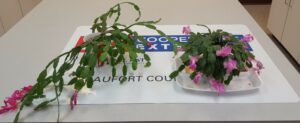
I was working outside this past weekend, cleaning up the yard and had been helping my son with a …
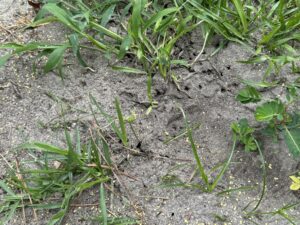
I was working in the yard this past weekend, finally getting to a few of those clean-up projects I …
We got some rain this week! Those of you who follow my column saw my article on drought last …

The past three weekends, I have had the pleasure of coaching for Leverage Lacrosse NC, a travel team out …
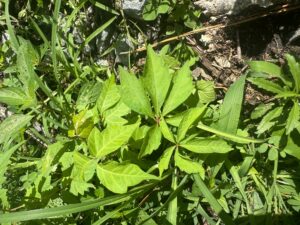
When spring weather comes around like we had over the past week, I want to be outside. I have …
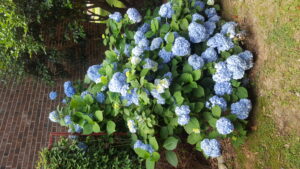
A great question came in this week that led back to my personal and professional modus operandi, “Right Plant, …
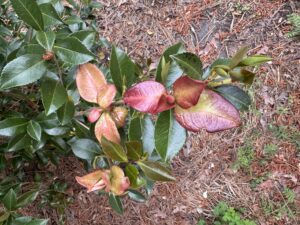
There have been lots of calls this week, ranging from recommendations for landscapers to what is wrong with my …
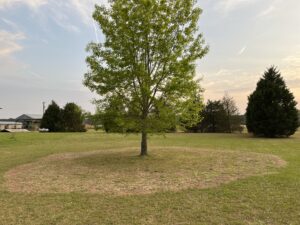
I have received all kinds of calls this week but there was one that really stood out. The caller …

I receive several calls a season about green moss or fungus growing on trees. What is this stuff? Moss …
One of the joys of my life has been playing sports, in particular lacrosse. While I haven’t had the …
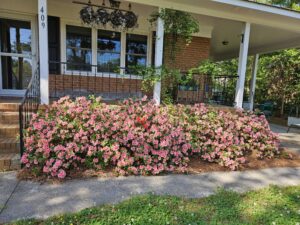
I get these calls from time to time and there are several answers to the question, “What happened to …
Their graceful lying branches with creamy white flowers mark the beginning of Spring so beautifully. As I see them …
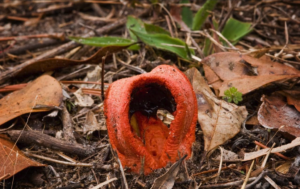
The caller explained that they had these alien-looking, pink things that resembled the pi sign. I said, “The what …

I had an interesting call earlier this week, one that made me stop and think. At NC State Cooperative …
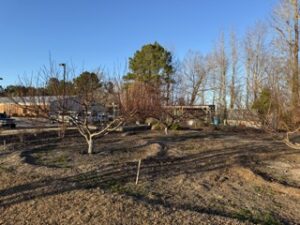
Do you have fruit production in your backyard? This can be a very rewarding and very frustrating part of …
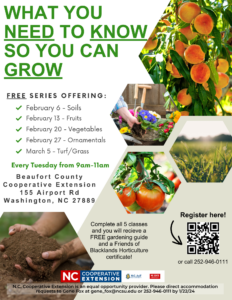
The N.C. Cooperative Extension, Beaufort County Center is offering a series of classes beginning Tuesday, February 6th titled, “What You …
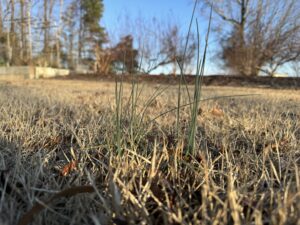
Given the warm weather we had last week and the mild temperatures in the latter part of this week, …
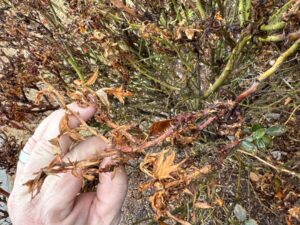
What happened to my knock out roses? The caller stated, “They used to be so beautiful.” Knock out roses are …

This is one of the more frequent questions that I receive this time of year, from vine renovation to …

Black root rot impacts a range of woody and herbaceous ornamental plant species primarily in …

This Entomology Insect Note discusses how to identify and manage common armored scale insects that …
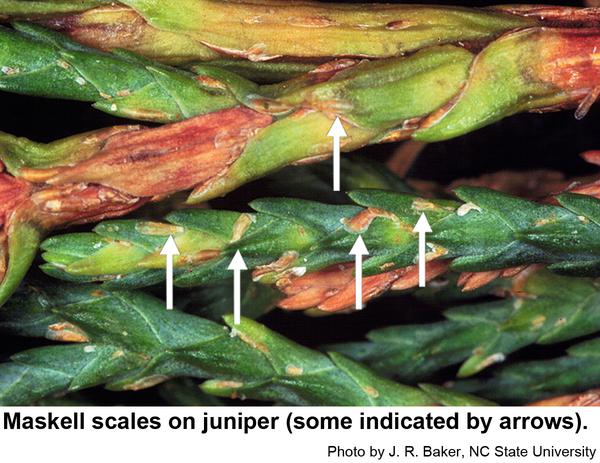
This factsheet describes the biology of the maskell scale, Lepidosaphes maskelli, and provides residential management …
This guide is designed to help turf managers identify the major turfgrass pests found in …
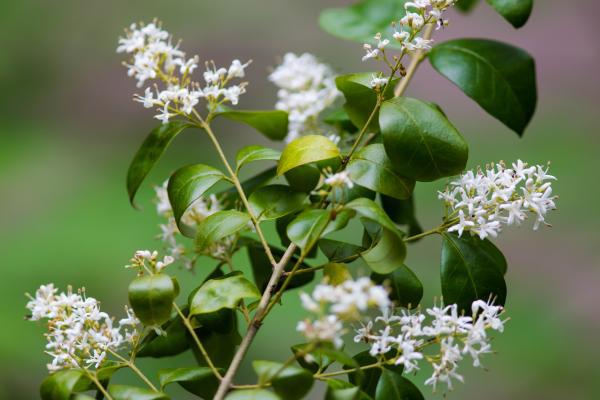
This native plants chapter of the Extension Gardener Handbook defines the term native, why gardeners …

This field guide and linked resources provide information on basic insect identification, sampling methods, monitoring, …

This publication alerts prospective gardeners to some of the most common contaminants in urban soils, …

This factsheet describes the biology and disease control of Southern Blight in Herbaceous Ornamentals